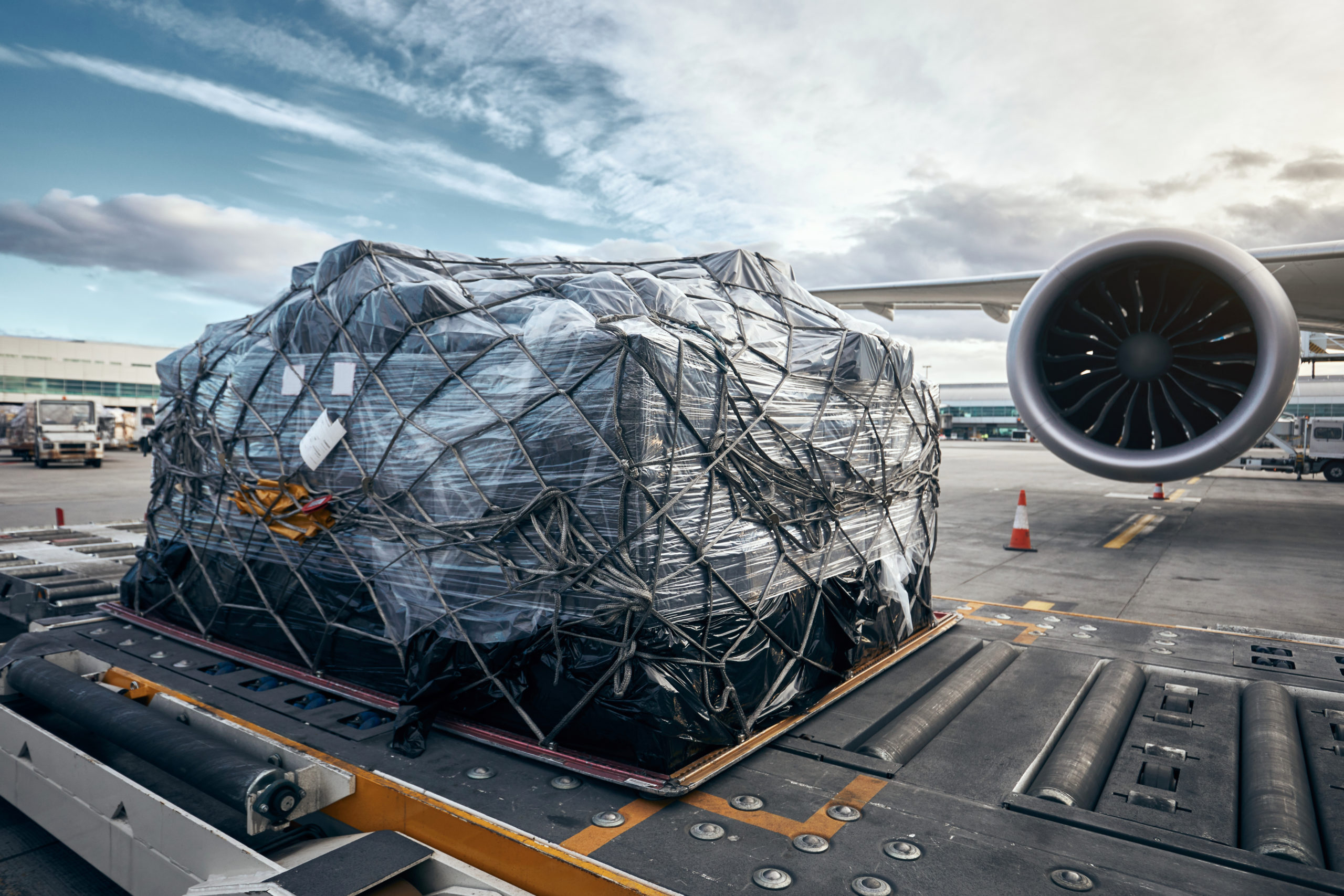 A perfect storm is brewing across the supply chain, and experts are predicting chaos and sky-rocketing rates for the upcoming air peak season.
A perfect storm is brewing across the supply chain, and experts are predicting chaos and sky-rocketing rates for the upcoming air peak season.
The outbreak of COVID-19 in China and South-east Asia, which has lead to increased restrictions, lockdowns, and manufacturing disruptions, is expected to exacerbate the already bad situation.
In Shanghai, a COVID outbreak has forced strict crew and quarantine rules for all airlines and a two-thirds reduction in manpower on the ground. To curb the spread of the virus, the Chinese government has ordered a temporary ban on passenger aircraft and charter approvals have been put on hold, reducing the already limited air freight capacity. Some smaller airports across the country are still accepting charters, but if there is not enough manpower to handle the cargo, many of the carriers will likely ground flights. And, with the big retailers and multinational forwarders utilizing charters because they can’t count on scheduled commercial flight capacity, it’s going to be more tricky than ever this peak season finding capacity because they are already contracted out.
COVID-related manufacturing disruptions across South-east Asia is also increasing the demand for air freight as American and European buyers opt for air services to reduce the lead time to get their stock to market. Major airports facing higher demand include Hanoi, Ho Chi Minh, Phnom Penh, and Bangkok.
The instability in ocean freight has further compounded the air freight problems. Capacity is so low in the ocean freight market that it is pushing some shippers to the air. Chronic congestion at ocean ports worldwide and related delays are leading to extremely elevated ocean freight rates, and shippers are increasingly choosing air freight to mitigate the supply chain bottlenecks.
As demand continues to exceed available supply, air freight rates have drastically risen, especially to the U.S. West Coast, Chicago, and New York. Carriers are quoting rates on a shipment-by-shipment basis, and are offering the space to whoever will pay the highest rates. The high rates to the U.S. are also disrupting capacity to Europe, with airlines prioritizing U.S. bound cargo due to the higher yield potential.

